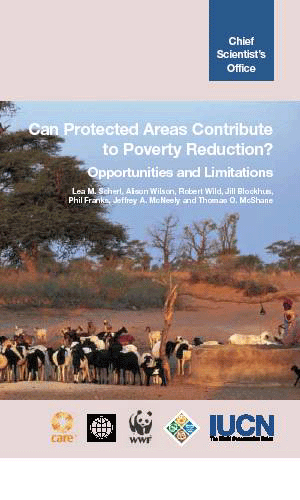| |
| SMHRIC |
| June 12, 2007 |
|
New York |
 The
Southern Mongolian Human Rights Information Center (SMHRIC) is
pleased to announce that its president, Enghebatu Togochog, has
recently been nominated as the representative of the Asia Task
Force on Protected Areas, a cross-cutting initiative of the
World Commission on Protected Areas (WCPA) and the Commission on
Environment, Economic and Social Policy (CEESP). The
Southern Mongolian Human Rights Information Center (SMHRIC) is
pleased to announce that its president, Enghebatu Togochog, has
recently been nominated as the representative of the Asia Task
Force on Protected Areas, a cross-cutting initiative of the
World Commission on Protected Areas (WCPA) and the Commission on
Environment, Economic and Social Policy (CEESP).
The Task Force is
a technical forum comprising people acting in a technical
capacity as experts in the field of Protected Areas
conservation, poverty and social equity. Task Force members
therefore include opinion leaders from international NGOs, the
World Conservation Union (IUCN), and other multilateral agencies
together with policy-makers, the Convention on Biological
Diversity (CBD) delegates and practitioners from Developing
Countries, including representatives of indigenous and local
communities.
The process for
consensus building that lies at the heart of this initiative is
based on two key premises. The first is that the closer the
people get to field level the easier it is to find consensus
amongst different interest groups, i.e. the dialogue must engage
the global level with national and local levels that are more
grounded in reality. The second is that consensus is more
likely if the entry point is equity in conservation, i.e.
the way in which people do conservation rather than the question
of whether or not conservation agencies should contribute to
poverty reduction. Naturally the Task Force will address the
relationship between protected areas, poverty and equity and in
so doing will hopefully resolve some of the confusion, and
reconcile some of the conflicting viewpoints, that continue to
polarise discussion on this issue.
Therefore
the main objectives of the Task Force are:
-
To promote a better and
more widely shared understanding of the linkages between
protected areas, social equity, including poverty and poverty
eradication, and sustainable development.
-
To strengthen provisions
for social equity in regional and global conservation policy
related to protected areas, with particular emphasis on the
Convention on Biological Diversity (CBD).
-
To
achieve more equitable outcome
in the implementation of regional and global conservation
policy relatedto
protected areas, with particular emphasis on the CBD.
The Task Force is
sub-divided into three regional groups --- Asia, Africa, and
Latin America, and each regional group has a maximum of 18
members so that the total membership of the Task Force at global
level will be around 50. To ensure a range of different
perspectives and technical expertise it is proposed that the
balance in Task Force membership at regional level be roughly as
follows:
-
One
third members from national government agencies (e.g. Wildlife
Authorities, Forest Authorities, Ministries of Environment
etc) including at least 2 people who have been, and will
continue to be, members of national CBD delegations, and at
least two who have been involved in international fora on
sustainable development.
-
One
third members from international agencies (e.g. Development
Banks, IUCN, UNEP, CBD Secretariat, International NGOs, IIED,
international tour operators etc) representing a range of
different perspectives, including at least one resource person
with in depth knowledge of the CBD Program of Work on
Protected Areas and the CBD processes leading to its
development.
-
On third
members from national or local civil society organizations
representing a range of different perspectives, including at
least 3 from organizations representing perspectives of
communities living in/around protected areas, at least one
being from an indigenous peoples’ organization.
The Task Force
has three co-chairs Ali Kaka (WCPA Vice Chair for Eastern
Africa), Lea Scherl (Theme on Indigenous and Local Communities,
Equity, and Protected Areas), and Phil Franks (CARE
International). It is to be constituted as one Task Force, but
with regional groups that may meet independently. |





